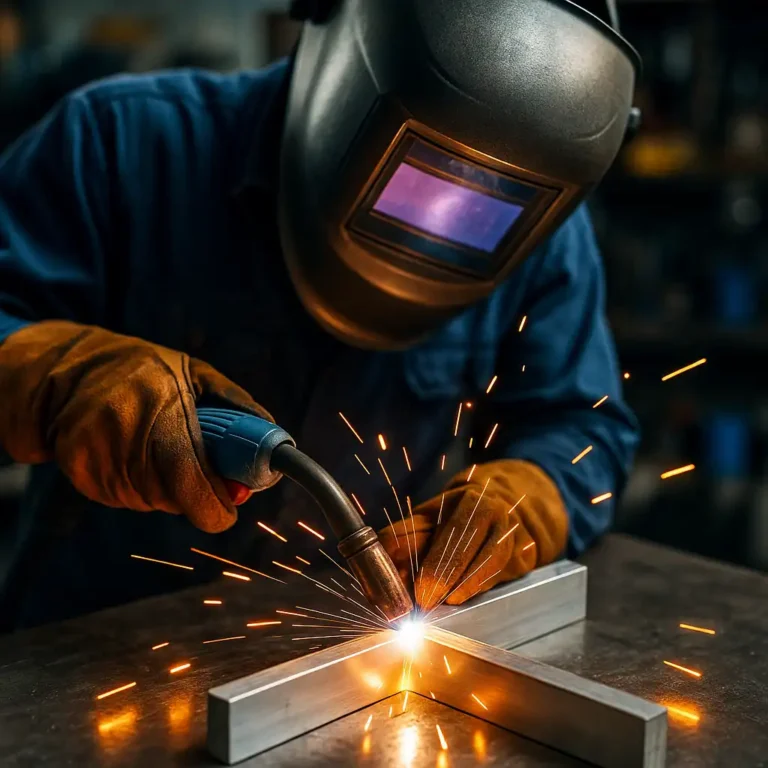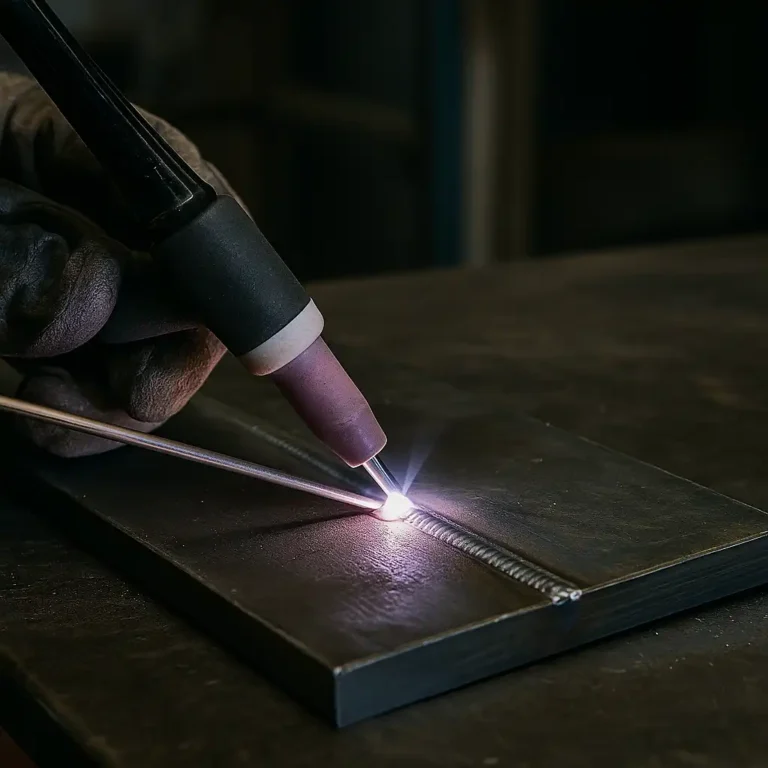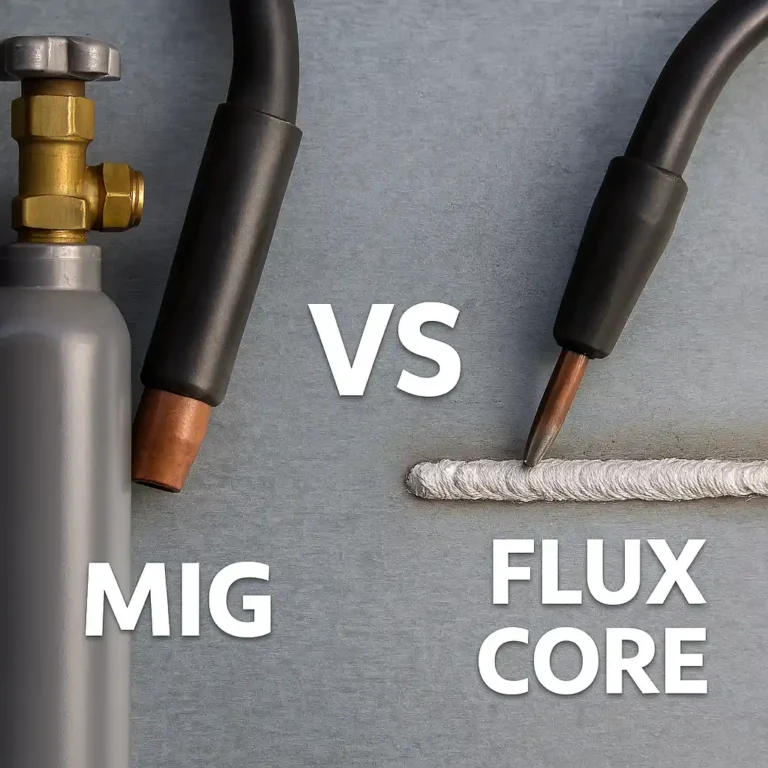How Does a Spot Welder Work: Precision Welding with Electric Force
Spot welding is one of the most widely used joining methods in manufacturing and metalwork, especially when working with thin sheet metal. It’s the backbone of automotive assembly lines, metal enclosures, and even appliances. While it may seem like magic to fuse metal in just a few seconds without filler material, spot welding relies on…










